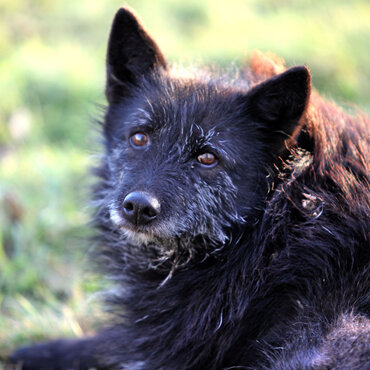Franklin Vets
Franklin Vets - excellence in veterinary care for dairy, farming, lifestyle, equine and household pets. BESTPRACTICE ACCREDITED NZ.
Your account is powered by Storbie. To edit your profile visit my.storbie.com
Your account is powered by Storbie. To edit your profile visit my.storbie.com

Signs of DJD in dogs may include reduced exercise tolerance, a stiff gait which may improve a little as they move around, reluctance to be picked up or petted, and difficulty or reluctance to jump up onto things or into cars.
Signs your cat may be suffering from DJD may be subtle and include a more poorly kept coat due to grooming themselves less, becoming less active, and an array of behavioural changes to compensate for painful joints. For example, a cat that normally jumps straight onto a table may first jump onto a chair to divide one big movement into two smaller ones.
Your veterinarian will be able to diagnose DJD via a thorough physical examination as well as potentially taking some x-rays. X-rays can be used to visualise the degree of degeneration in the joints and rule out other potential causes of pain.
Management Options:

If your pet is starting to show signs of DJD, contact your veterinarian to arrange an appointment to discuss how this can be managed to help your pet live a pain-free and active life for as long as possible.
Dr Georgia Paterson BVSc
Franklin Vets - excellence in veterinary care for dairy, farming, lifestyle, equine and household pets. BESTPRACTICE ACCREDITED NZ.



